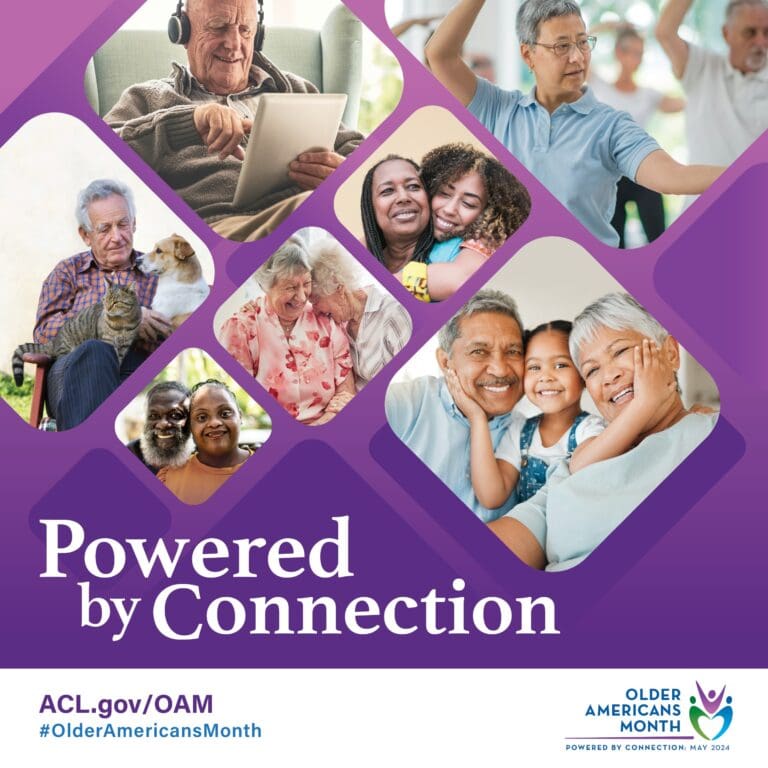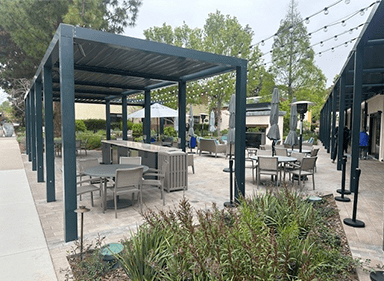October 15, 2020
Voting safely during COVID-19
Watch our video interview with Grant Edelstone here.
For the general election on November 3rd, the State of California has provided guidance to make it easier – and safer – for registered voters to participate in the election process. In particular, the California Department of Public Health sent a letter to remind Skilled Nursing Facilities “of their obligation to assist and encourage residents to exercise their rights…This includes their right as a citizen to vote safely during the COVID-19 pandemic.”
Grant Edelstone, Senior Director of Risk Management, explains some of the safer options available for all voters. “One thing you can do to stay safe is to vote by mail. Avoid voting in person.” California voters who are already registered to vote have been sent their ballot by mail. They can complete and mail in their ballot or drop them at an official ballot drop box.
Edelstone says that, for those who like to vote in person, there are safety practices that everyone can do. “If you go to a polling station, only go if you feel physically well and you have no respiratory symptoms. Try to avoid the lines by having your documentation and forms prepared in advance. Get familiar with who and what is on your ballot before you arrive at the polling station. Try to go at an off peak time, like mid-morning. Bring your own black pen or an e-stylus, if you have one.”
Edelstone also emphasizes the importance of standard safety practices at polling stations: wearing a cloth face covering or mask; wearing gloves; maintaining a physical distance of at least six feet from others if you’re standing in line; using hand sanitizer frequently before and after touching objects or surfaces; and washing your hands when you get home. “You could consider wearing eye protection like goggles,” he adds, “And if you’re going to stand in a long line maybe bring a portable chair and wear comfortable shoes.”
Residents who may not be able to get to a polling station can ask staff members for assistance in ways that respect their privacy, Edelstone says. “That could be helping them register if they’ve changed their address to update their voter registration if needed.” (The last day to register to vote is Monday, October 19th. Californians who meet the registration requirements can register online at https://registertovote.ca.gov/.) Staff can also help people to go online to get materials in the language that they prefer, or help read the election materials to someone and help someone with alternative voting methods.
Edelstone also shares what staff are not allowed to do. “You can’t influence a resident’s vote. You can’t mark a ballot in any way other than the resident directs you to. You can’t tell anyone how a resident voted. You can’t decide if someone is mentally incompetent to vote. You can’t determine if a resident is eligible to vote. And you can’t vote on their behalf, if you’re unable to reliably determine how the resident wants to vote.”
“So basically you have to listen to the resident, respect their wishes, and do what they are directing you to do, is the easiest way to put that,” Edelstone says.
Fundamentally, Edelstone says, “There’s ways to participate in and support civic activity without having to interact with too many other people and to have your voice heard and make your vote count.”
To learn more about how to vote in the upcoming election in California, go to https://www.sos.ca.gov/elections/voting-resources/voting-california.


